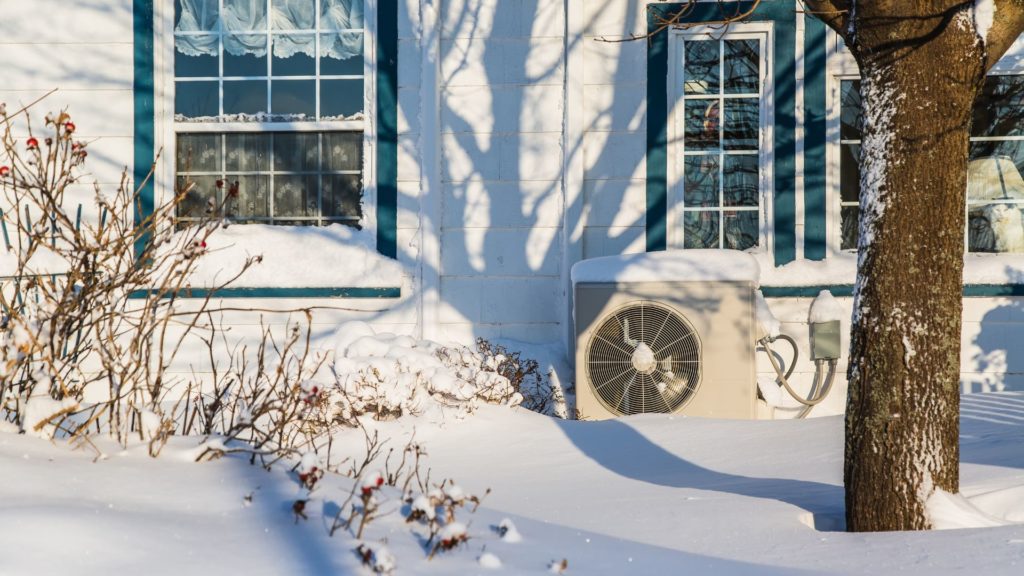
What will the Future Homes Standard mean for housebuilders, asks Tim Foreman, managing director of Land and New Homes, Leaders Romans Group (LRG)
 The Future Homes Standard (FHS) has been looming on the horizon for over four years – long before the Covid pandemic, the Ukraine war and resulting fuel costs escalation, and last October’s disastrous mini Budget threw three substantial curve-balls at the housebuilding industry.
The Future Homes Standard (FHS) has been looming on the horizon for over four years – long before the Covid pandemic, the Ukraine war and resulting fuel costs escalation, and last October’s disastrous mini Budget threw three substantial curve-balls at the housebuilding industry.
While few of us question the need for our industry to take some responsibility for the climate crisis and do what we can to mitigate it, some are beginning to question whether there is a risk that the FHS could threaten the viability of new homes. And ironically, new homes have the more impressive sustainability credentials than other sectors of the property industry.
The FHS was first announced in 2019. More recently, the Future Homes Hub was commissioned to report on the subject and consequently Ready for Zero was published in February. We are now awaiting the Government’s response, which will determine the implementation of the FHS.
 From 2025 the FHS will require that all new homes produce 75-80% less carbon emissions than homes built under the current Building Regulations.
From 2025 the FHS will require that all new homes produce 75-80% less carbon emissions than homes built under the current Building Regulations.
Reductions in carbon emissions will take place through improving heating and hot water systems and reducing heat waste. This will be achieved by replacing existing technologies with low-carbon alternatives, including building fabrics, other materials, insulation, glazing and heating technology (primarily air and ground source heat pumps).
As a step toward achieving this, the Government updated the current Building Regulations, specially Part F (Ventilation) and Part L (Conservation of Fuel and Power). These requirements have applied to UK homes since June 2022.
 In terms of addressing climate change and meeting net zero, I very much welcome the FHS. However, it will have considerable consequences for housebuilders and its potential impact must be considered in some detail before the new requirement is rolled out.
In terms of addressing climate change and meeting net zero, I very much welcome the FHS. However, it will have considerable consequences for housebuilders and its potential impact must be considered in some detail before the new requirement is rolled out.
Housebuilding is facing a ‘perfect storm’ – as is demonstrated by last year’s output of new homes and the inevitability that housebuilding figures will fall again this year.
Important considerations that will impact on viability include the availability of a materials and appliances (along with the skills to both fit and maintain them); who will pay for the increased costs, and the ability of the supply chain to adapt to new procedures.
 As we have seen with the Building Safety Act and the legal sign-off needed for ensure the safety of cladding, the process of buying a home has been considerably compromised when an inadequate process requires solicitors to sign off non-existent cladding. It is imperative that this anomaly is not replicated in the context of the FHS. But with a chain of professionals including planners, developers, contractors, surveyors, solicitors and agents, required to adapt their procedures to reflect these new regulations, there is huge potential for complication and delay.
As we have seen with the Building Safety Act and the legal sign-off needed for ensure the safety of cladding, the process of buying a home has been considerably compromised when an inadequate process requires solicitors to sign off non-existent cladding. It is imperative that this anomaly is not replicated in the context of the FHS. But with a chain of professionals including planners, developers, contractors, surveyors, solicitors and agents, required to adapt their procedures to reflect these new regulations, there is huge potential for complication and delay.
We know that people choose new homes because they appeal to a sense of responsibility for the environment along with reduced energy costs. But there is a limit to how much people will, and can, pay for these benefits when purchasing a home. Inevitably part of the considerable cost will pass up the development chain, impacting both on development profits and land values. We are already seeing considerable upheaval in the planning system and again, there is a limit to the price that can be paid.
 The climate crisis is real and must be addressed. But the country needs new homes. I do believe that most developers, and purchasers, welcome environmentally responsible new homes. But if costs and complications are so great that new homes become unviable, the FHS will have resulted in fewer future-proofed homes being developed and exacerbate the issues that the industry currently faces.
The climate crisis is real and must be addressed. But the country needs new homes. I do believe that most developers, and purchasers, welcome environmentally responsible new homes. But if costs and complications are so great that new homes become unviable, the FHS will have resulted in fewer future-proofed homes being developed and exacerbate the issues that the industry currently faces.







